Phase Change Material
Substances that can store and release large amounts of energy to maintain a specific temperature range over a long period of time.
How do PCM Solutions work?
A phase change material absorbs and releases thermal energy in order to maintain a regulated temperature.
The reverse cycle occurs as the external temperature cools. The PCM, now in its liquid phase, can release the heat it absorbed as the external temperature decreases. During this time period, the PCM solidifies and provides a warming effect.

SOLUTIONS USING PHASE CHANGE MATERIAL

Packaging and Logistics
Thermal protection through the last mile. Work with our team to discover our thermal packaging solutions.
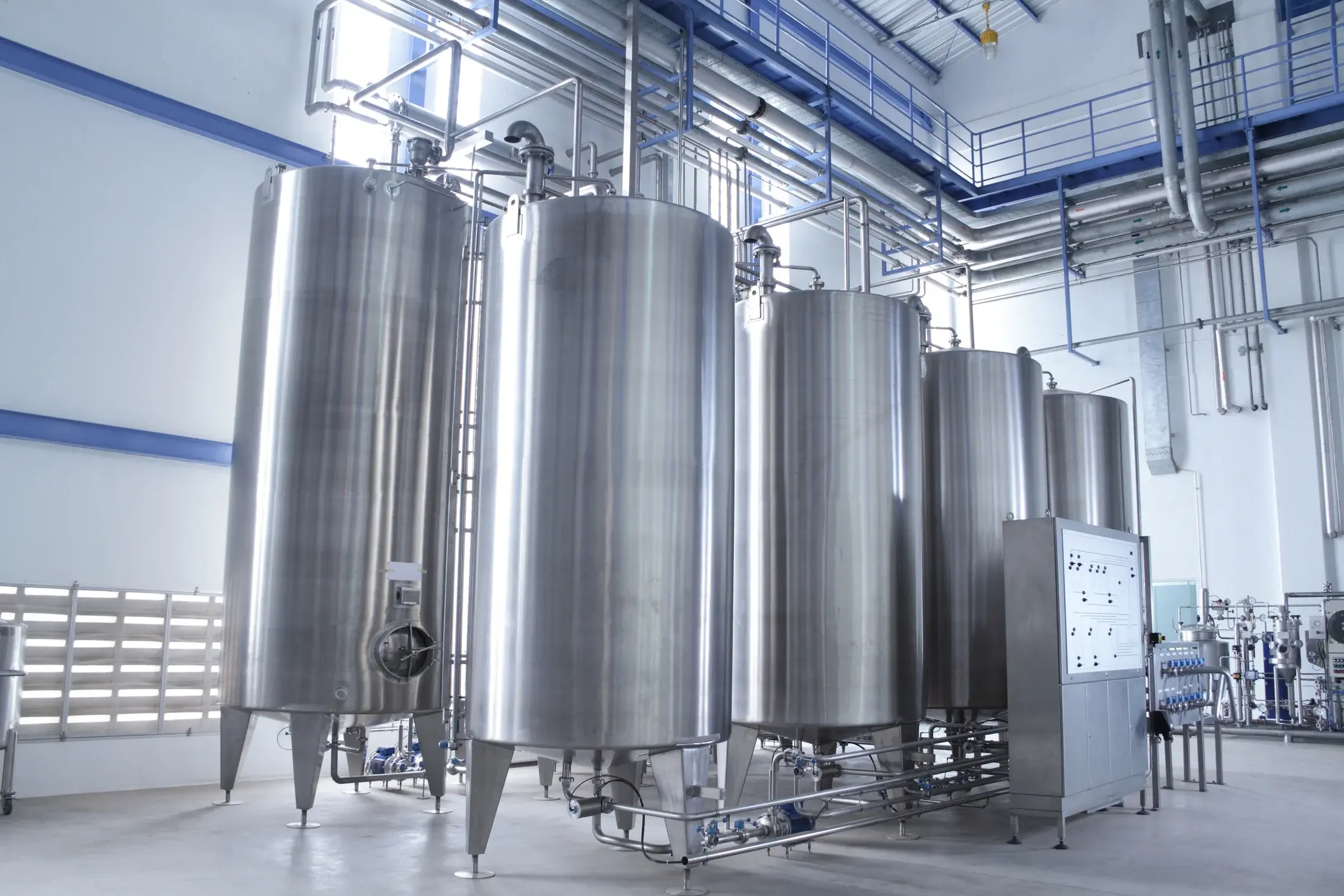
Microencapsulation
Temperature Control is at the core of our expertise. Microtek specializes in the process of microencapsulation.
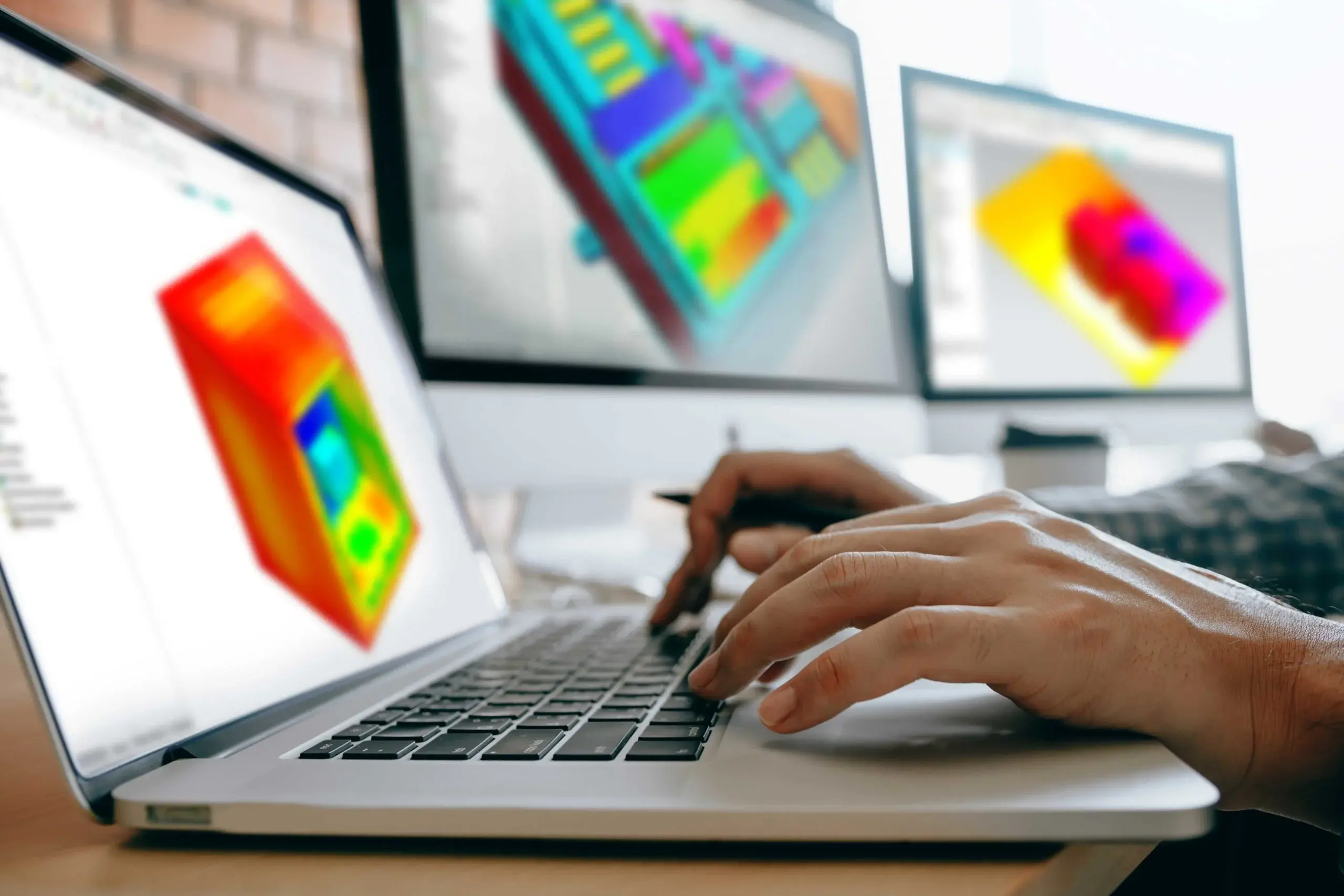
Thermal Simulation
Understand and optimize packaging design options with thermal modeling and simulation.
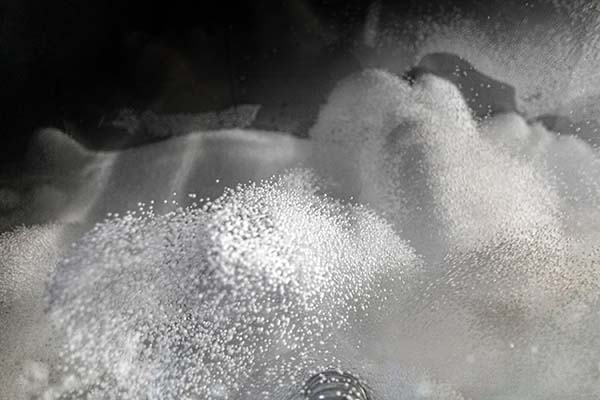
PCM Blend
Phase Change Material in its simplest form for your application needs and requirements.

Thermal Regulation
When safety and comfort count, work with our experts for your exact thermal requirement needs.
Why Use PCM Solutions?
Phase change materials are unique as they provide completely passive thermal regulation – no power is needed to create this thermal regulation. In addition, PCMs can be used over and over again.
Building Consumption
Energy savings to owners when used in the construction of buildings and structures.
Consumer Electronics
Cool small electronic devices such as laptops, tablets and smartphones when space for active cooling systems is not available.
Textiles
Provide thermal regulation for textiles in a wide variety of areas including: activewear, hospital linens, outdoor gear, and more.
Bedding
Provide a better night’s sleep through thermally regulated mattresses, pillows, linen, and other bedding products.
Thermal Shippers
Thermally protect temperature-sensitive products (pharmaceuticals, vaccines, food products, etc.) during transit.
Energy Management
Heating and cooling relief in remote locations without access to electricity.
Alternative Energy
Heat storage and release in conjunction with alternative energy systems.
Batteries
Regulate battery temperatures to increase life and prevent thermal runaway.
How to Use Phase change material
We have extensive knowledge in the application of phase change material, learn more about applications today.
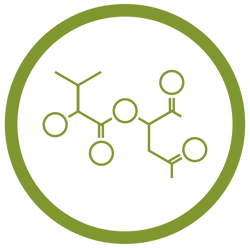
Chemical Compatibility
Micronal/fibratek
Avoid: perchloroethylene, acetone, and THF
nextek/vivtek/MPCM
Recommended: Non-Polar, aprotic solvents, water

Dispersing Aids
Rheovis AT120 (Visc. Modifier)
Sokalan AT120 (Thickener)
nextek/vivtek/MPCM
CTAB (Surfactant)
Tween (Non-ionic Surfactant)
Span (Non-ionic Surfactant)
Sodium Laure Sulfate (Surfactant)
CTAB (Surfactant)
SDBS (Surfactant)
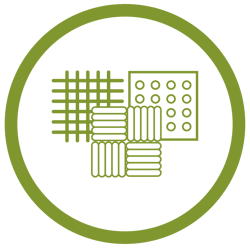
Recommended Materials & Binders
Micronal
Acrylates, Acetates, Polyethylenes, Polystyrenes, Foams, HSL, epoxy and resins.
nextek and MPCM
Acrylic-based
Urethanes-based
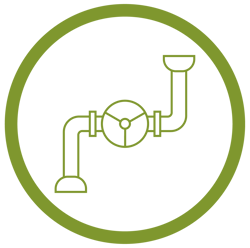
Pumping Methods
Recommended: Diaphragm Peristaltic Progressive Cavity
Avoid: Gear Pumps

Mixing & Blades
Recommended: Pitched Blade Turbines, Sweep or Prop Blades
Avoid: Cowles Blades and High Shear mixing

Mixing Parameters
Speeds vary based on vessel size, fill level, and viscosity. Low speeds to deter cavitation.
START MANAGING TEMPERATURE TODAY
Contact our thermal management specialists to discuss your requirements and learn how to kickstart your next project.


